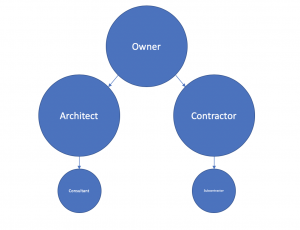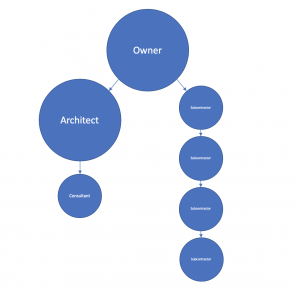Dream Career
My dream career involves making design decisions that help benefit mankind and propel us to better places. Part of getting to that dream is to be a licensed architect, such as Bjarke Ingels, or perhaps, become a very skilled designer such as Thomas Heatherwick. The idea of how we can inhabit a space and have that space enhance our well-being is interesting to me. Part of getting to that goal is to graduate at New York City College of Technology with a Bachelor of Technology in Architectural Technology. Where I’d be able to own in on my skills of the pragmatics of architecture, which to famous architects like Frank Lloyd Wright, was important. Without the knowledge of how to build or construct a building, how can we possibly begun to understand how to design it and create better solutions for people that inhabit them.
Going from City Tech, I’d like to eventually move on to a prestigious school where I’d learn more about the theoretical parts of architecture, all without forgetting about pragmatic solutions. From there, I’d earn a Master of Architecture and begin my journey on completing AXP and New York States requirements for licensure. I’d hope to use that accolade that I would build over the years, and the knowledge earned through various schools to help propel me through the workforce. Moving from drafting, in a mid to large sized firm to something more lucrative like Project Management where I can oversee a project. Another place I see myself is working in the design studio of the firm, coming up with brand new solutions during the Schematic Phase. Exploring various tools and solutions to many formal and spatial concepts.
But finally, where my dreams about architecture would reach full fruition is in owning my own design-build firm. To be able to control the entire process from schematic design, to design development, all the way to bidding contracts, contracting the project and even selling the units inside them. Having all of the built environment controlled in-house, can create a synergy with which if the right mission is present in a company; can be lucrative not only for efficiency and speed of a project, but kickstarting huge design solutions needed in our environment such as being resilient in sustainability. Financially speaking, keeping all the jobs in-house is also lucrative for all those involved and help many employees further their goals in being a part of every aspect of the industry if they so choose to move adjacent and learn.
This is my dream career, and one that would take many years to accomplish. But it is something that has education in mind at all times. I want to learn, every year, of every minute. Whether it be in school through various degrees or gaining experience through various different firms and positions of work. The end goal is to have my own firm, preferably as a design-build firm but I would be happy as well as someone who runs a purely design firm who specializes in everything from schematics to design development, maybe even construction documentation. But with all that being said, no one knows what the future holds and I’m sure something will come up that will peak my interest.





